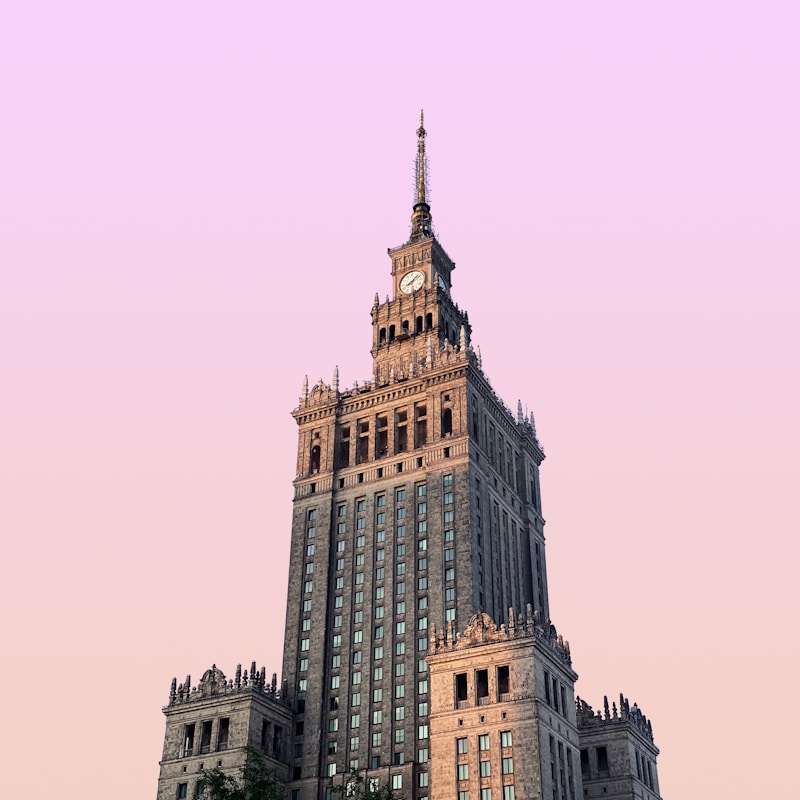Exploring Art Deco Elegance: A Journey Through Style, History, and Influence
What is Art Deco Elegance?
Art Deco elegance is more than just a style; it represents a unique movement in design and architecture that emerged in the early 20th century, primarily during the 1920s and 1930s. Characterized by its bold geometric shapes, luxurious materials, and vibrant colors, Art Deco combined traditional craftsmanship with modern industrial techniques to create a sense of opulence and sophistication. This article delves into the history, key features, and enduring influence of Art Deco elegance, providing a comprehensive understanding of why this style continues to captivate enthusiasts around the globe.
The Origins of Art Deco Elegance
Art Deco originated in France before World War I but gained wider recognition in the 1925 Exposition Internationale des Arts Décoratifs et Industriels Modernes held in Paris. This exhibition showcased the latest trends in decorative arts and served as a catalyst for the Art Deco movement. The name "Art Deco" itself was derived from this exhibition's title, symbolizing the elegance and modernity that defined this era in design.
Key Influences on Art Deco Style
The Art Deco style was influenced by various artistic movements and cultural shifts, including:
- Industrialization: The age of machines inspired designers to incorporate materials like chrome, glass, and plastic into their creations, leading to new forms and structures.
- Cubism: The fragmentation and abstraction seen in Cubism influenced Art Deco's geometric patterns and shapes.
- Ancient Cultures: Elements from Egyptian, Aztec, and African art were integrated into Art Deco designs, showcasing a fascination with history.
- Hollywood Glamour: The rise of cinema and celebrity culture during the 1920s impacted the visual language of Art Deco, infusing it with a sense of luxury.
Key Features of Art Deco Elegance
Art Deco is characterized by distinct features that set it apart from other artistic movements. Understanding these elements can help in identifying authentic Art Deco pieces. The main attributes include:
| Geometric Shapes | Symmetrical and streamlined forms reminiscent of skyscrapers and modern architecture. |
| Rich Colors | Bold color palettes featuring deep greens, blues, pinks, and golds, often in contrasting combinations. |
| Luxurious Materials | Use of expensive materials such as marble, exotic woods, metals, and textiles to create a sense of grandeur. |
| Bold Patterns | Intricate motifs and ornamentation, including zigzags, chevrons, and sunbursts, that create visual excitement. |
Art Deco Elegance in Architecture
The influence of Art Deco is most prominently seen in architecture. Iconic skyscrapers and buildings from the Art Deco period showcase the style's elegance and innovation. Notable examples include:
- The Chrysler Building (New York City): A masterpiece of Art Deco design, featuring a stunning spire and intricate terracotta ornamentation.
- The Miami Beach Architectural District: Renowned for its pastel-colored Art Deco buildings along Ocean Drive, showcasing the style's coastal adaptation.
- The Palais de Chaillot (Paris): An exemplary Art Deco structure that harmonizes modernity and tradition with its grand facade and terraces overlooking the Seine.

Art Deco in Decorative Arts
Art Deco's aesthetic extended beyond architecture into various decorative arts, including furniture, ceramics, glassware, and jewelry. These items often reflected the same elegance and boldness of the architectural designs. Key aspects include:
- Furniture: Pieces were often low to the ground and featured geometric designs, silky fabrics, and exotic woods.
- Glassware: Lucite and frosted glass became incredibly popular, utilized in lighting fixtures, sculptures, and everyday items.
- Jewelry: Art Deco jewelry is celebrated for its intricate designs, incorporating diamonds, emeralds, and sapphires in geometric and stylized forms.
The Revival of Art Deco Elegance
While the Art Deco movement saw a decline post-World War II, its resurgence in popularity can be traced through various waves that highlight its timeless appeal. In recent decades, Art Deco has seen a revival in fashion, interior design, and art, reflecting the contemporary world's continued fascination with elegance and nostalgia. Special events, exhibitions, and films often draw inspiration from the Art Deco style, reintroducing it to new generations.
Art Deco in Fashion
Fashion in the modern era has embraced Art Deco themes, emphasizing geometric patterns, bold colors, and luxurious fabrics. Designers often evoke this lavish style in collections, creating pieces that pay homage to the elegance of the 1920s and 1930s. Historic inspirations can be seen at Fashion Weeks around the world.
How to Incorporate Art Deco Elegance into Your Life
If you're inspired by Art Deco elegance and wish to integrate it into your home or lifestyle, consider the following tips:
- Choose Geometric Decor: Look for furniture and decor that feature bold geometric shapes and patterns.
- Opt for Luxurious Textures: Invest in plush fabrics like velvet or silk for curtains and cushions, enhancing the opulence.
- Incorporate Metallic Accents: Gold, silver, or chrome elements can add a touch of the glamorous Art Deco era to your space.
- Use Bold Colors: Choose a striking color palette that includes deep jewel tones or rich colors to evoke the grandeur of the period.
Conclusion: The Enduring Allure of Art Deco Elegance
Art Deco elegance continues to resonate with individuals worldwide, embodying a unique blend of sophistication, luxury, and artistry. As we explore this remarkable movement, it's important to appreciate its historical context and cultural significance. Whether through architecture, decorative arts, or fashion, the influences of Art Deco remain relevant, showcasing a timeless beauty that transcends generations. If you're considering incorporating elements of Art Deco into your life, remember the essence of elegance lies in balance—harmonizing boldness with sophisticated simplicity.
In summary, Art Deco elegance serves as a reminder of a bygone era filled with creativity, innovation, and a passion for the extraordinary. Whether you're an avid collector, an interior designer, or simply an admirer of beauty, Art Deco will always hold a captivating charm that invites exploration and appreciation.